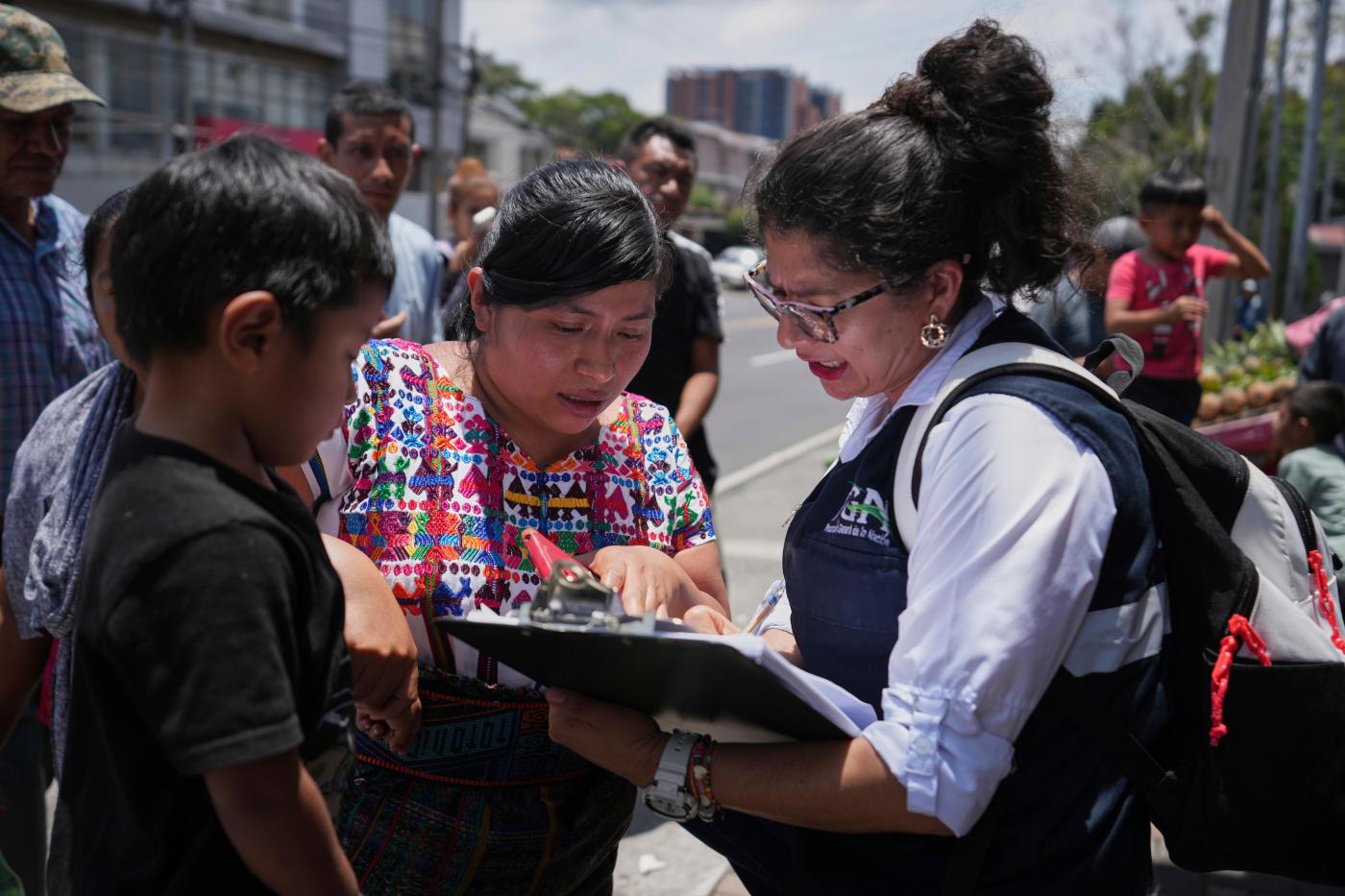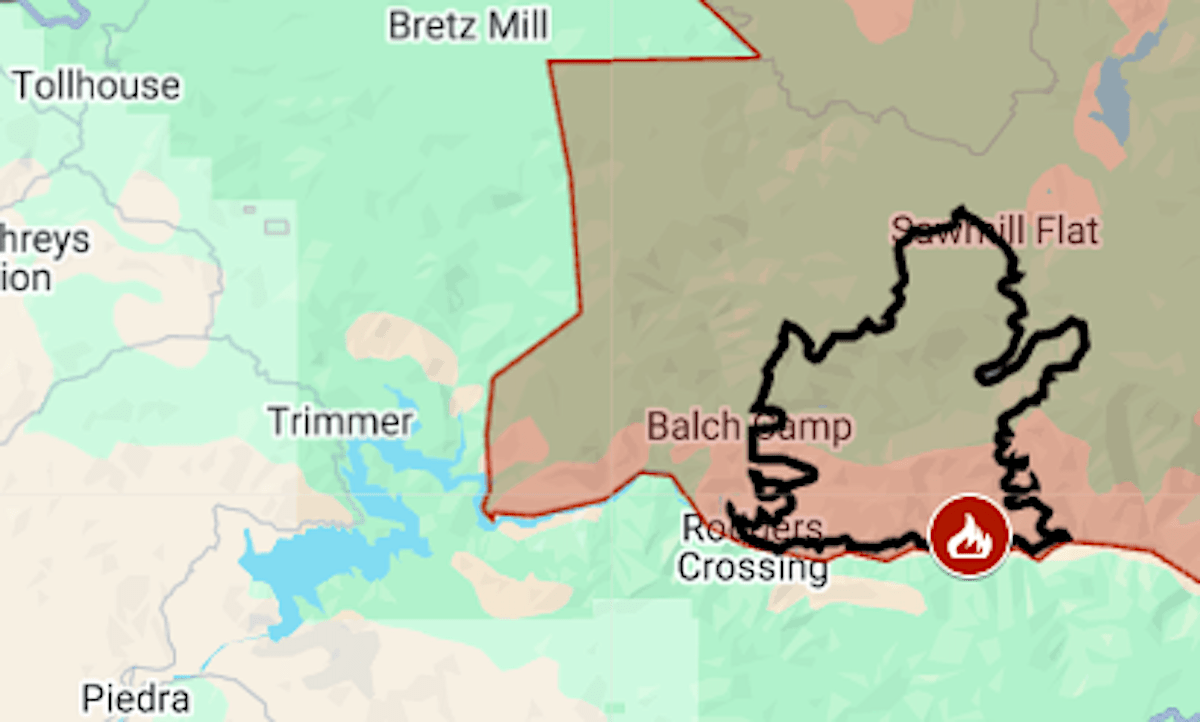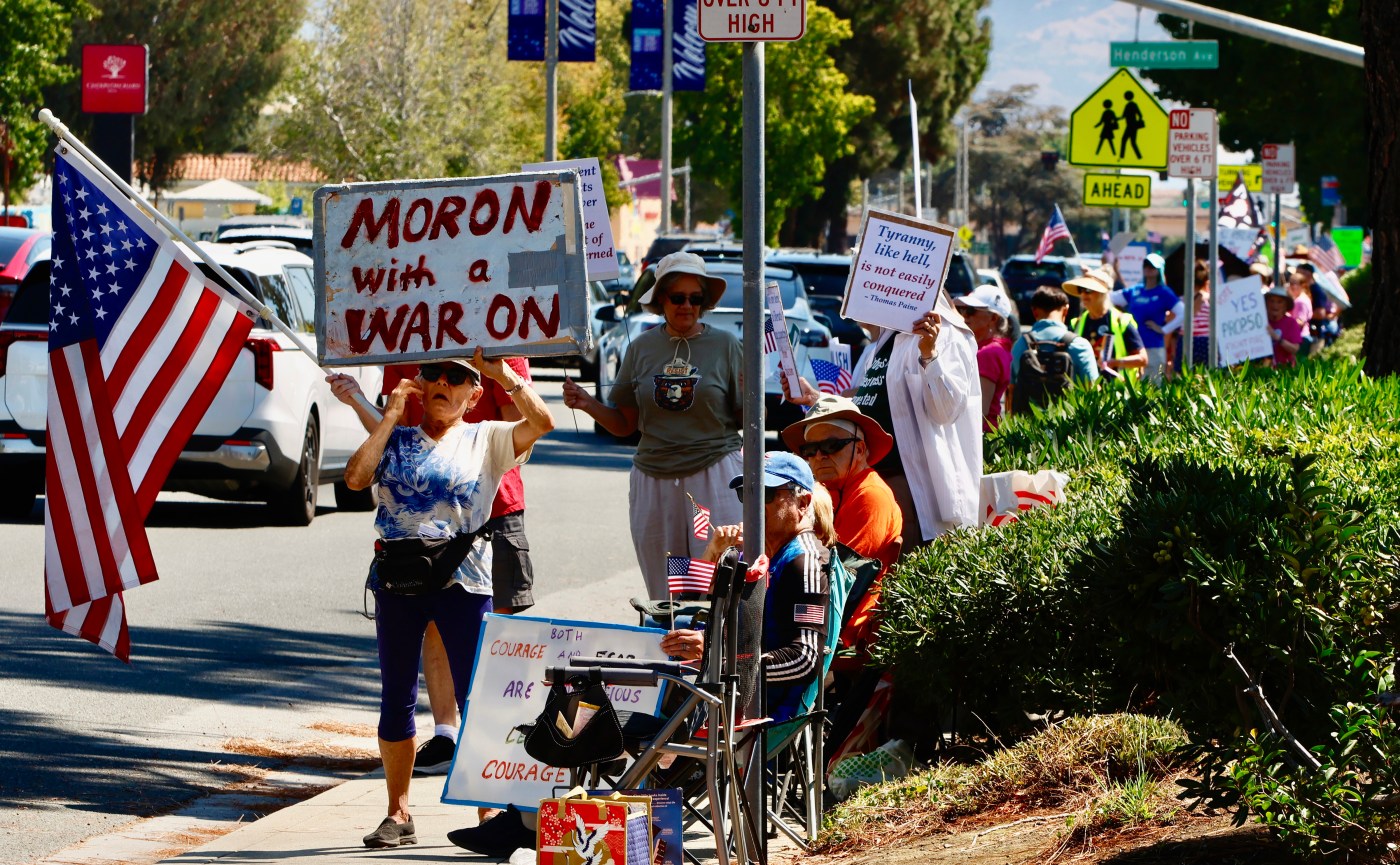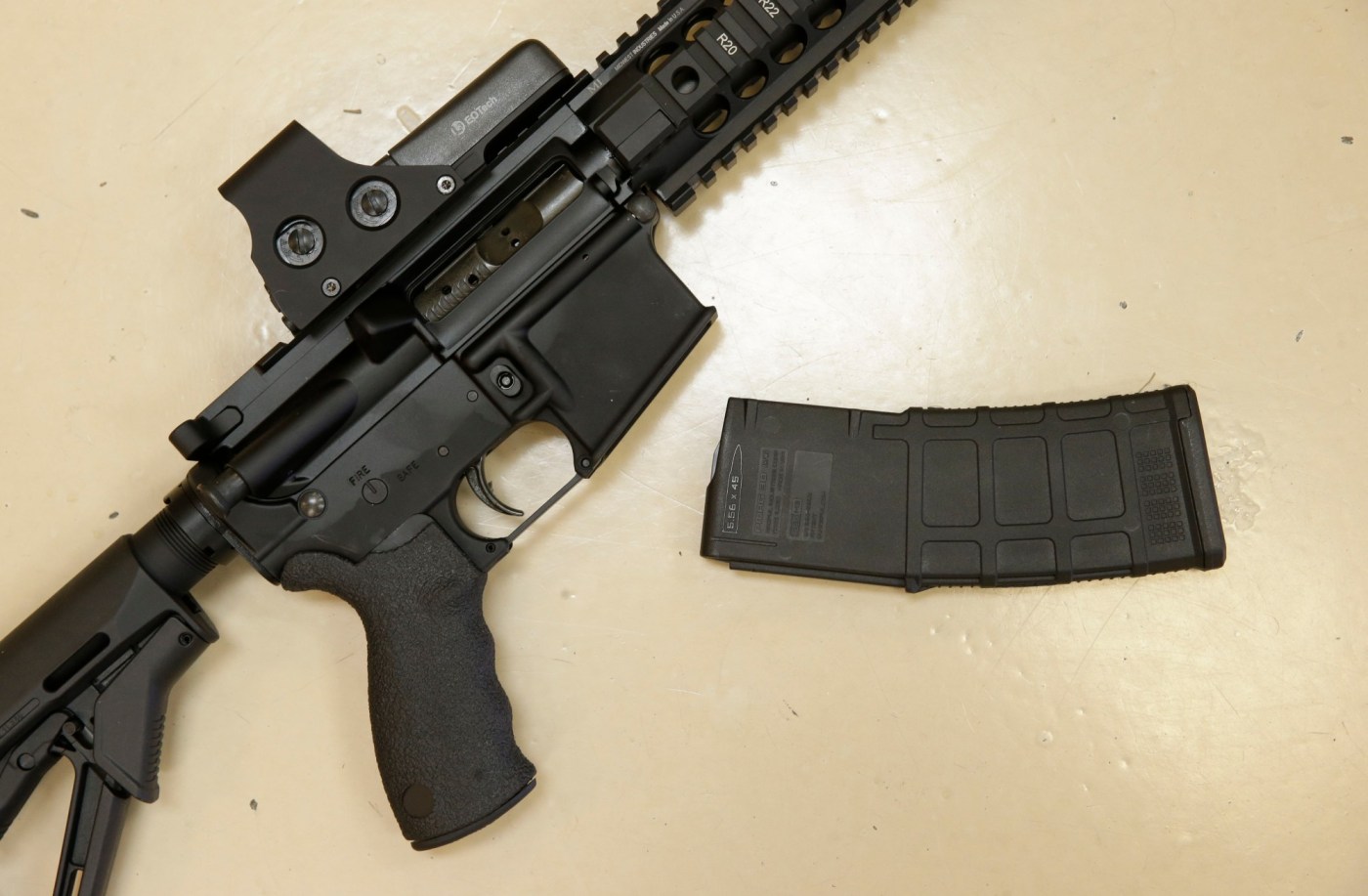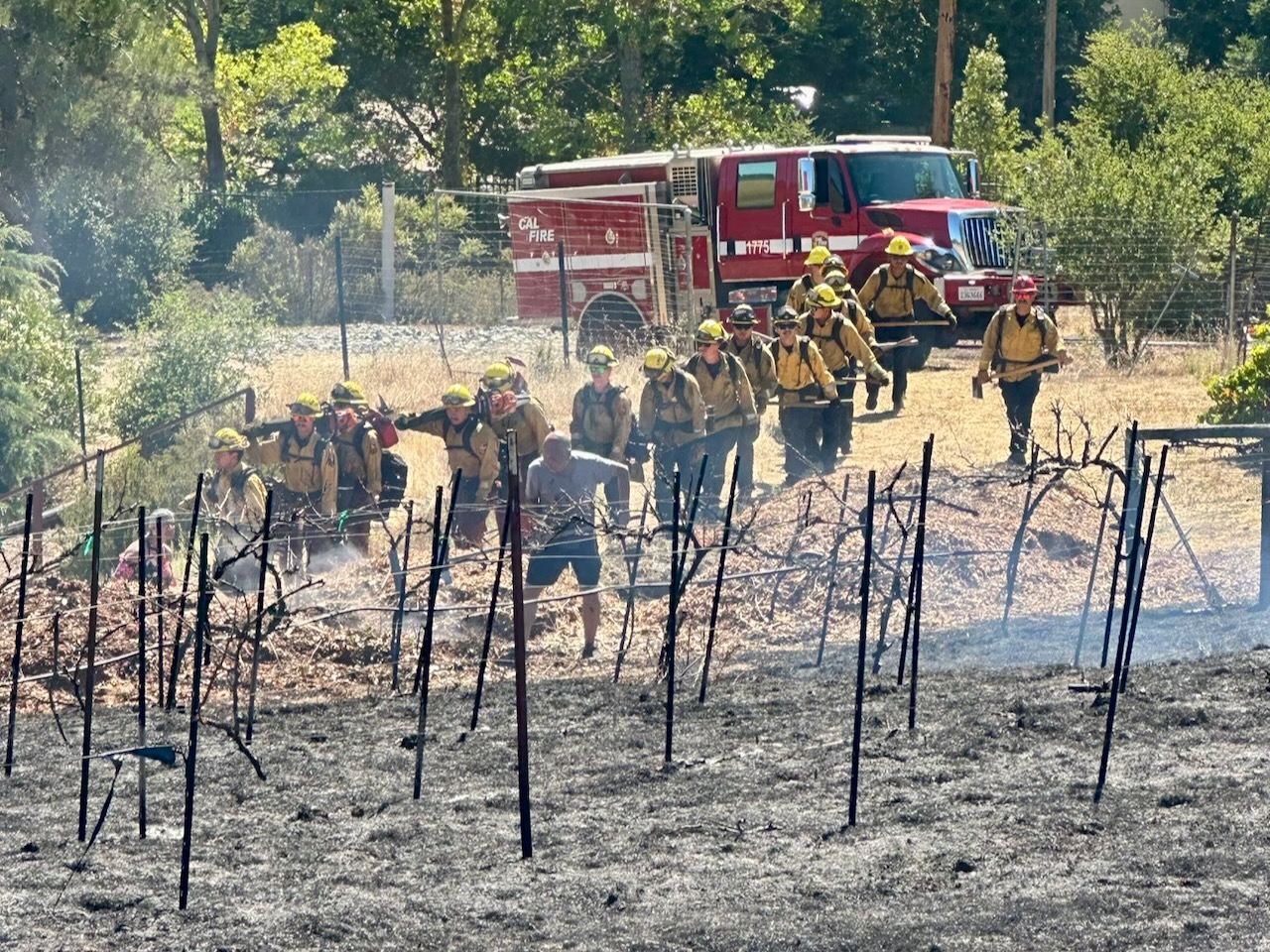WASHINGTON (AP/REBECCA SANTANA and SONIA PEREZ D.) — Over Labor Day weekend, the Trump administration attempted to remove Guatemalan children who had come to the U.S. alone and were living in shelters or with foster care families in the U.S.
Advocates who represent migrant children in court filed lawsuits across the country seeking to stop the government from removing the children, and on Sunday a federal judge stepped in to order that the kids at least temporarily stay in the U.S.
The Trump administration has argued in court and on social media that they’re doing this to reunite the children with their families back home at the behest of the Guatemalan government and blamed advocates and the judge for stepping in.
Related Articles
1.2 million immigrants are gone from the US labor force under Trump, preliminary data shows
They said it: A housekeeper hospitalized after ICE encounter
East Palo Alto housekeeper who fainted when arrested by ICE discharged from Stanford hospital
Border Patrol arrests 2 firefighters for being in the country illegally as they battled Washington’s biggest wildfire
Masked immigration agents shot at man during California standoff; weeks later, he is in custody
Advocates who sued said the children they represent have said they fear going home, and that the government, by operating in the dead of night and by bypassing immigration courts, is not following laws designed to protect migrant children.
Here’s a look at where things stand now:
The legal proceedings across the country
There are at least three legal cases going on around the country: Arizona, Washington, D.C., and Illinois. Representatives for unaccompanied migrant children are trying to stop the government from removing Guatemalan children who don’t have final orders of removal from the country. Those children are living in a network of shelters or foster care arrangements overseen by the Office of Refugee Resettlement, which falls under the Department of Health and Human Services.
In Illinois, lawyers representing four minor children, who were identified only by their initials, said they had received notice on August 29 that U.S. Immigration and Customs Enforcement intended to take the children from the shelters where they were being held under U.S. government care sometime on August 30 or September 1 and remove them from the U.S.
A judge blocked them from being taken out of the country at least until Wednesday afternoon. A hearing in the case is set for Wednesday morning.
In Arizona, the Florence Immigrant & Refugee Rights Project, which provides legal services for unaccompanied migrant children, filed a lawsuit on behalf of 53 children from Guatemala. The children were between the ages of three and 17 and living in shelters in the Phoenix and Tucson areas that care for unaccompanied migrant children. U.S. District Judge Rosemary Marquez on Sunday blocked the Trump administration from removing those children for at least two weeks. She said some children may have been in the process of being removed at the time, and ordered the government to return them to the U.S. immediately.
In Washington, D.C., Judge Sparkle L. Sooknanan ordered a 14-day temporary restraining order preventing the government from removing Guatemalan children in Office of Refugee Resettlement custody and sending them back to Guatemala.
What is Guatemala saying about this?
In July, the head of Guatemala’s immigration service said the government was looking to repatriate 341 unaccompanied minors who were being held in U.S. facilities.
During a news conference on Monday, Guatemalan President Bernardo Arévalo shed more light on the issue during his weekly news conference.
Arévalo said the country’s foreign affairs minister and ambassador to the United States toured detention facilities for minors and adults in the United States in March and were “very concerned,” especially about minors who were going to turn 18. The government decided it had to act in the best interest of the children to prevent them from being moved to adult detention centers. He said Guatemala told the U.S. that the government was willing to receive “all unaccompanied minors, who wanted to return to Guatemala voluntarily.”
Arévalo explained that his administration began working to identify the minors, their families and make arrangements for those willing to return, those who wanted to wait out their legal process in the U.S. and those who judges allowed to remain in the U.S. with a relative.
Guatemala is capable of receiving about 150 minors per week, he said. “It depends on our capacity to identify relatives for facilitate a safe return,” he said. The goal is that none of the children end up being institutionalized.
The president did not answer when asked if the number to be sent on Sunday surprised Guatemala’s government, or whether he thought the U.S. government carried out due process before putting the minors on planes.
He said his administration has told the U.S. government that once a judge decides an unaccompanied Guatemalan child cannot remain in the U.S., Guatemala will take them and reintegrate them.
“We have been in coordination with the United States about this, but the decision of the sending, the number that they are going to send and the rhythm at which they are going to send is a U.S. government decision,” Arévalo said.
How many children could be sent home?
One of the biggest questions outstanding is how many Guatemalan children will be sent back to Guatemala.
The head of Guatemala’s immigration service put the number at 341 in July. Then on Friday, Democratic Sen. Ron Wyden of Oregon wrote a letter to the Office of Refugee Resettlement saying that, according to whistleblower accounts, the office was intending to remove nearly 700 Guatemalan children.
Also on Friday, Guatemalan Foreign Affairs Minister Carlos Martínez said the exact number was in flux, but said they were currently discussing a little over 600.
The U.S. government indicated in a status report filed Sunday in the Washington, D.C., case that 76 children had been on planes to go to Guatemala and that those children were being returned to Office of Refugee Resettlement custody after the judge’s ruling.
There were believed to be two planes in Harlingen, Texas, and possibly another one in El Paso on Sunday, said the National Immigration Law Center. That is the group that filed a lawsuit Sunday in Washington, D.C., to stop the removals.
But it’s not clear if there were other children who had been removed from shelters and were en route to the planes before the judge entered the temporary restraining order.
Migrant kids have special protections
Migrant children traveling alone are usually entrusted to U.S. government care, and there are various legal protections designed to protect them once they’re in the U.S. and navigating the immigration system.
The Trafficking Victims Protection Reauthorization Act of 2008 is one of the key pieces of legislation designed to protect unaccompanied migrant children. With some limited exceptions, it generally requires that children be placed in the “least restrictive setting possible,” which generally means that they can be released to a sponsor such as a relative in the U.S. while their immigration proceedings play out.
The children can apply for a specially protected status if they can’t return to their home country because of abuse or neglect and they can also apply for asylum.
In court filings, advocates for Guatemalan children noted that only an immigration judge can decide whether an unaccompanied minor can voluntarily depart the U.S.
___
Perez reported from Guatemala City. Associated Press reporter Lindsey Whitehurst contributed to this report.
